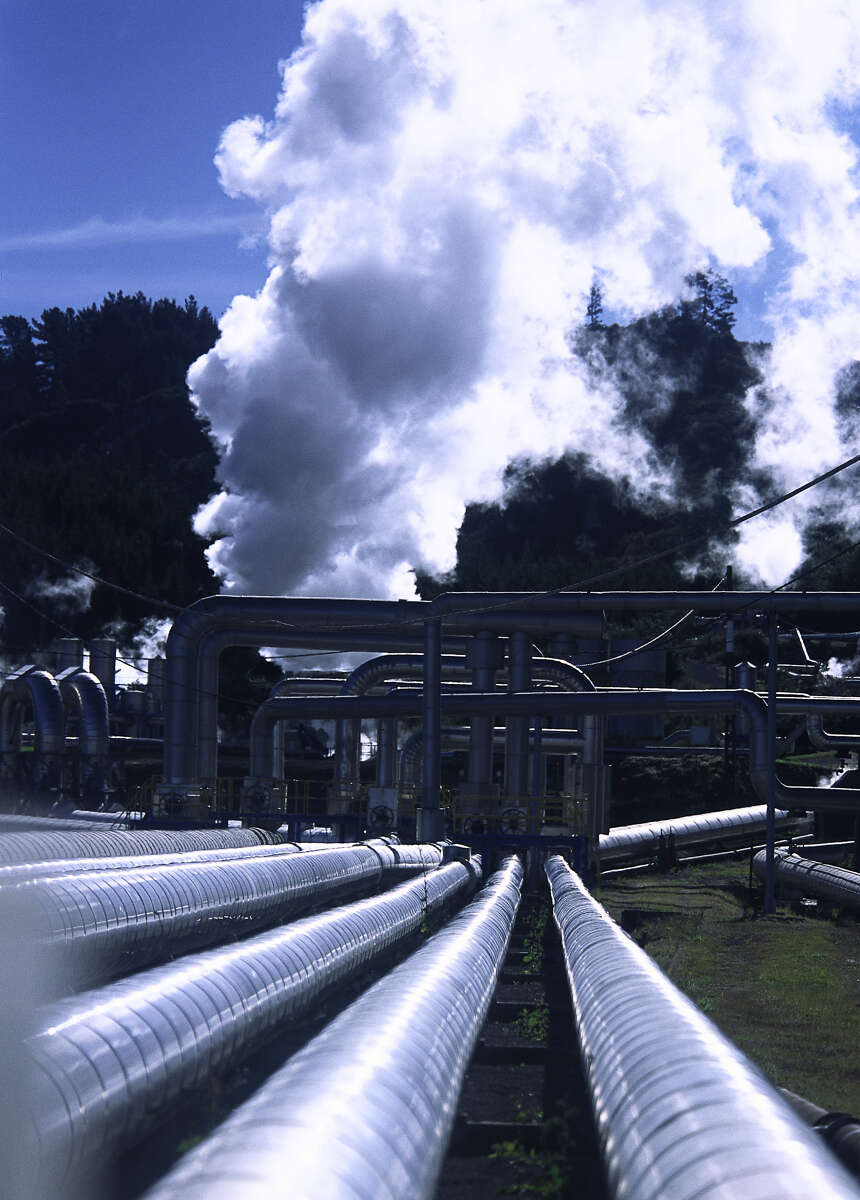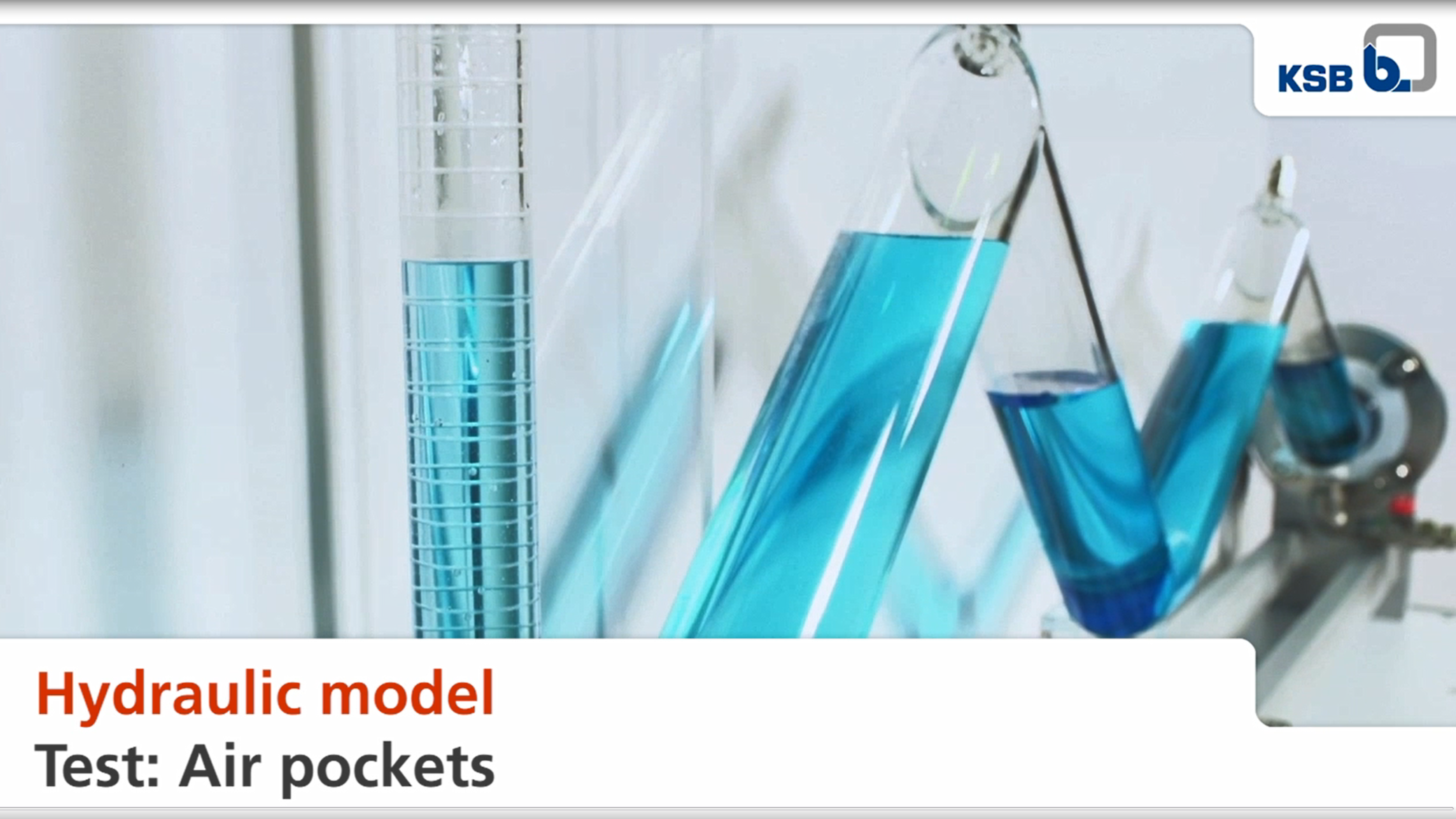
KSB model testing: Gas pockets – and what can be done about them.
KSB gets to the bottom of gas pockets in piping as part of a model test

What you should know about gas pockets:
How to prevent gas pockets
- Evaluating the fluid to be handled with regard to its gas content or its potential for gas formation
- Paying attention to the design of the pump sump. A pump sump should be designed to prevent fluid from hitting the surface of the fill level and, with that, any gas from entering the fluid. If this cannot be avoided, the distance between the pump and this level should to be increased so that gas bubbles can rise and leave the fluid.
- Venting of the affected high points of the piping
- Calculation of the capacity for self-venting. In most cases, however, this is not feasible due to the restricted pump design: The prerequisite for this is a sufficiently large effective volume of the pump sump.
What pipes do gas pockets actually occur in?
Conclusion of the Gas pockets model test
Model testing by KSB: Thinking small, building big
Suitable products
Amarex KRT
Horizontal or vertical single-stage submersible motor pump in close-coupled design, with various next-generation impeller types, for wet or dry installation, stationary or transportable version, with energy-saving motor and models for use in potentially explosive atmospheres.
Etanorm/Etanorm MyFlow/Etanorm Pro
Single-stage volute casing pump in back pull-out design, with ratings and main dimensions to EN 733, with IEC-compatible power drive system comprising PumpDrive 2 and KSB SuPremE® motor or PumpDrive 3 (efficiency class IE4/IE5 to IEC TS 60034-2-3:2016) and motor-integrated frequency inverter. The pump is designed with replaceable casing wear rings, closed radial impeller with multiply curved vanes, single mechanical seal or double mechanical seals to EN 12756, shaft equipped with replaceable shaft protecting sleeve in the shaft seal area. The back pull-out design allows the coupling, bearing brackets and impeller to be dismantled without the need to disconnect the pump casing from the piping. Motor mounting points in accordance with IEC 60072, envelope dimensions in accordance with DIN V 42673 (07-2011). ATEX-compliant version available. Well ahead of the ErP Directive's efficiency requirements.
Multitec
Multistage horizontal or vertical centrifugal pump in ring-section design, long-coupled or close-coupled, with axial or radial suction nozzle, cast radial impellers and motor-mounted variable speed system. ATEX-compliant version available.